As the third most commonly used drug in the U.S., marijuana is already making giant waves in our communities. There’s an ongoing debate about whether marijuana can be a safe, helpful drug or if it’s going to put children, people in recovery and others in danger. Romas Buivydas, Ph.D., LICSW and VP of Clinical Development at Spectrum Health Systems, spoke of the challenges posed by legal marijuana in his recent presentation to Boston University’s School of Social Work.
Massachusetts legalized recreational marijuana in 2016 and retail stores are now starting to emerge around the state. As the drug becomes available to those without a medical reason to take it, we may see an increase in healthcare costs and car crashes. Not to mention, marijuana in the hands of children may increase the likelihood of addiction and learning deficits. As businesses such as the legal industry embrace a new revenue source, is it worth compromising our scientific system in the name of profits, politics and public opinion?
Is marijuana medicine? According to the National Institute on Drug Abuse, yes and no. Smoked or inhaled marijuana is not considered medicine. What is considered medicine are marijuana-based pills such as Dronabinol for nausea, Epidiolex for seizures and Sativex for muscle spasms. However, research is ongoing in terms of how much marijuana really helps. As far as public opinion goes, 89 percent of Americans agree on the use of marijuana only “if prescribed by a doctor.”
However, according to the U.S. Food & Drug Administration: “No sound scientific studies supported medical use of marijuana for treatment in the United States, and no animal or human data supported the safety or efficacy of marijuana for general medical use. There are alternative FDA-approved medications in existence for treatment of many of the proposed uses of smoked marijuana.”
But that’s not stopping people from taking marijuana for pain relief, sleep issues, relaxation, muscle spasms, anxiety, as an appetite stimulant, nausea and depression.
In his presentation, Dr. Buivydas posed the question: is marijuana the new Big Tobacco? Already, private holding groups and financiers have raised millions of start-up dollars to promote businesses aiming to sell marijuana and marijuana-related merchandise. Cannabis food and candy is being marketed to a younger demographic and is already responsible for a growing number of marijuana-related ER visits. Edibles with names such as “Ring Pots” and “Pot Tarts” are inspired by well-known candy and food products typically consumed by children. Several profitable vending machines containing products such as marijuana brownies are also beginning to emerge throughout the country.
Today’s marijuana is not the same as back in the day. In the 1960’s and ‘70’s, THC levels (the amount of tetrahydrocannabinol – a chemical found in marijuana that causes psychoactive effects) in the marijuana smoked by baby boomers averaged around 1%, increasing to just under 4% in 1983, and almost tripling in the subsequent 30 years to around 11% in 2011. Today, it’s still increasing through hybridization.
So, what can we do to make marijuana safe? According to Dr. Buivydas, medical experts need to determine all of the medicinal compounds in the marijuana plant and determine which compounds are most effective for cancer patients, which are more effective for pain management and which are most effective for treating other diseases. Lastly, we need to make them available to doctors and patients legitimately, at pharmacies only.
If you’re struggling with addiction and mental health issues, call the New England Recovery Center today at 1-877-MyRehab.










